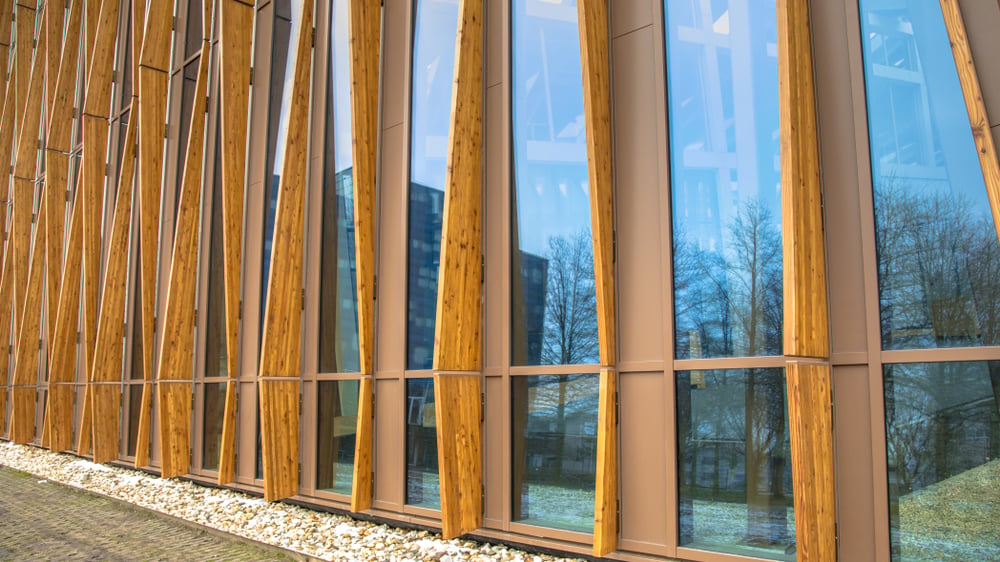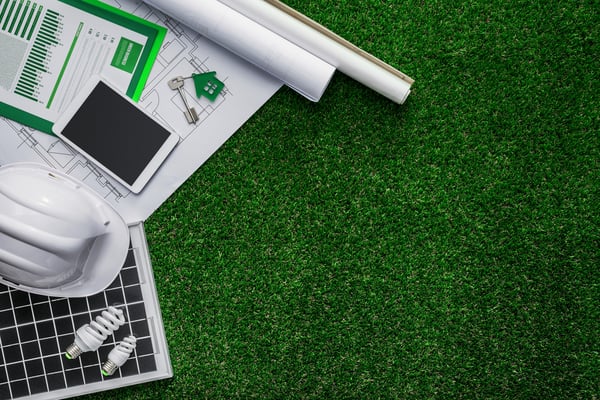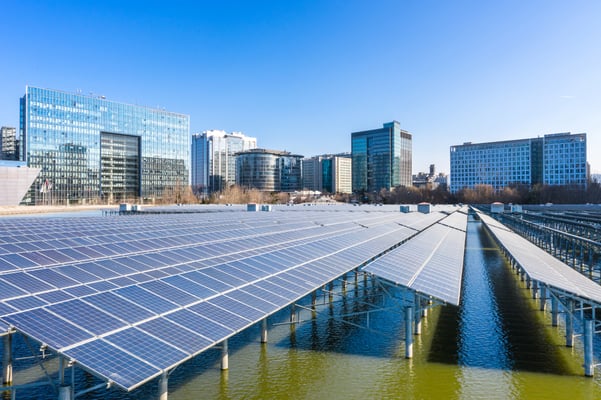Resilient Design: Is Resilience the New Sustainability?

After natural disasters like hurricanes and earthquakes, sustainability and building resilience often become topics of discussion among construction professionals. Architects, engineers, contractors and developers are giving more importance to resilient design, as a way to mitigate the impact of climate change.
Green building design and resilient design are equally important, but they are not synonyms. Reducing the environmental footprint of buildings is important because they represent 40% of energy consumption and emissions. However, a LEED certification won’t matter if a building becomes uninhabitable due to flooding, earthquakes, power outages or other emergency conditions. Therefore, building resilience and sustainability complement each other.
Make your building greener and more resilient with smart engineering decisions.
What Is the Difference Between Sustainability and Building Resilience?
The concept of sustainability has evolved over time, but the basic principle is protecting nature and the environment from the impacts of human society. On the other hand, the Resilient Design Institute defines resilient design as “the intentional design of buildings, landscapes, communities, and regions in response to vulnerabilities to disaster and disruption of normal life”.
The following table compares the main priorities of resilience and sustainability. There are plenty of overlapping areas and opportunities for synergy, but the concepts are not equivalent.
|
RESILIENCE |
SUSTAINABILITY |
|
Using multiple energy sources, especially renewable energy Using multiple water source Passive systems with manual overruns Building designs that withstand disasters Floodplain evaluation for building locations Preventing environmental threats |
Energy savings Production of renewable energy Implementing recycled water systems Local materials Indoor environmental quality Brownfield restoration |
Resilient design and sustainability both focus on energy and water independence, renewable resources, local materials, resource storage, community support, and preventing environmental effects.

Construction professionals face the challenge of creating residential and commercial buildings that meet building codes while being energy efficient, and also resilient in the face of natural disasters. One key aspect that affects building resilience is local environment: for example, some cities are more concerned with hurricanes, while others are threatened by earthquakes.
Building Design Principles
Sustainability and resilient design can go hand in hand. When the operating conditions are analyzed, design engineers can specify measures that improve both aspects. For example, a building can use renewable energy to reduce emissions, while becoming less dependent on the local power grid.

A resilient building design must consider all the typical scenarios to which the building is exposed. For example, the design must meet all the structural demands under normal conditions, while considering extreme events that challenge the structural integrity of the building. There following are some building design strategies that contribute to both resilience and sustainability:
- Use low carbon-input materials: Construction materials like wood, bamboo and eco-friendly masonry are preferred over materials with a high energy footprint, or materials that come from the oil and gas industry.
- Design buildings that operate with a low energy input from external sources: Building designs should be energy efficient, using measures like highly-insulated envelopes, triple glazing and passive solar heating. Lighting costs can be reduced with a combination of LED lighting and daylighting. Natural ventilation should be used whenever possible, to reduce the energy consumption of mechanical systems.
- Optimize daylighting: Design buildings that maximize the use of daylight, using it as the primary lighting source when possible. Internal courtyard and atrium spaces are useful to provide daylight for large indoor areas.
- Implement modular construction: Modularity provides an opportunity for spaces to have multiple uses during their lifespan, reducing the cost of renovations and retrofitting.
- Durability and robustness is crucial: Durability should always be considered a key aspect for any construction project. The idea is creating durable structures that withstand weather events while keeping suitable indoor conditions, providing shelter for occupants.
- Use local materials and products: Using local materials and products is crucial to achieve resilience. Local materials are more abundant, their transportation costs are lower, and local business benefit.
- Design for a low energy input during construction: Learn about low-energy construction techniques that minimize the use of heavy equipment. Promote energy efficient designs, and consider alternative fuels with lower carbon footprints.
Sustainability and resilience are vast topics, and the construction industry is continuously researching and incorporating them. Resilient building standards must be developed and improved, but projects like Zero Energy Homes and LEED certified buildings are on the rise. These projects focus on sustainability, but many green design measures also improve resilience.

Michael Tobias
Michael Tobias, the Founding Principal of NY Engineers, currently leads a team of 50+ MEP/FP engineers and has led over 1,000 projects in the US
Join 15,000+ Fellow Architects and Contractors
Get expert engineering tips straight to your inbox. Subscribe to the NY Engineers Blog below.



